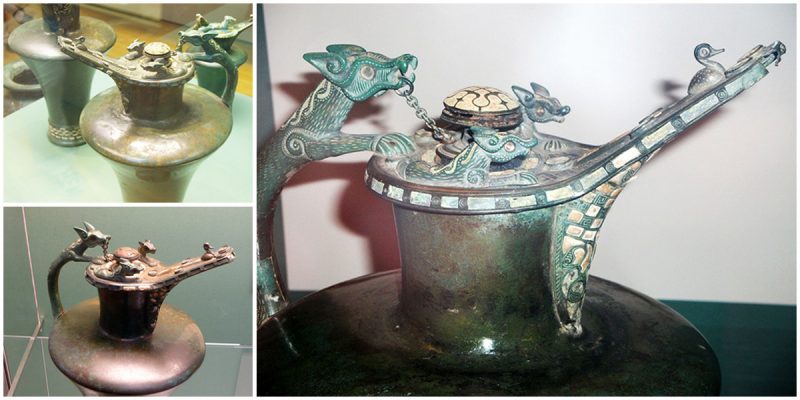The Basse Yutz Flagons are a pair of Iron Age ceremonial drinking vessels that date from the mid 5th century BCE. These two flagons were found during a road construction in 1927 in Lorraine, northeastern France, near the town of Basse-Yutz and are described as “great masterpieces” that “combine most of the key features of early Celtic Art.”
The vessels were found along with two Etruscan bronze stamoi (vessels that were used by the classical Greeks and the Etruscans in Italy for mixing wine). Within two years of the discovery, all four objects were sold to the British Museum for £5,000.
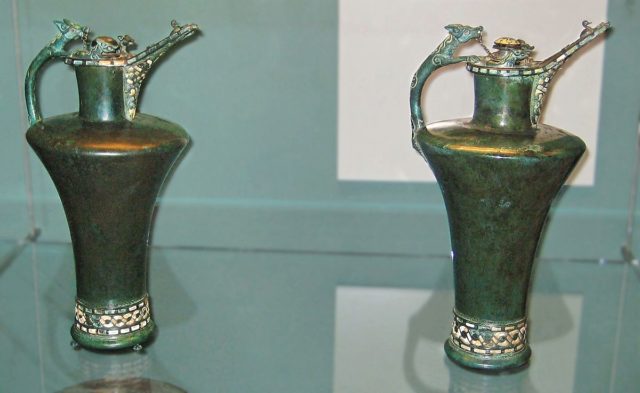
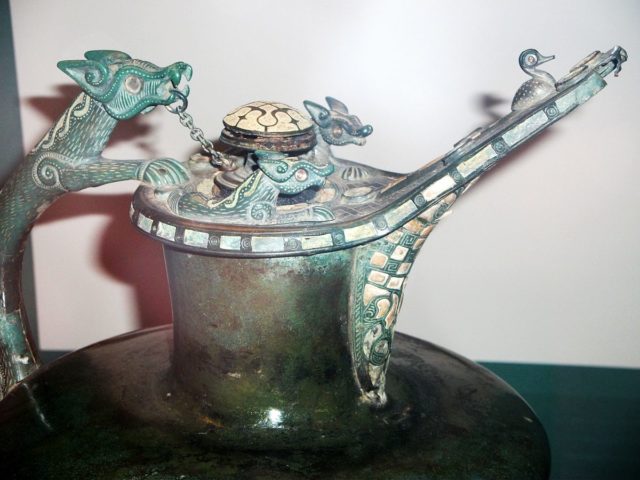
Their style and decoration were so strange because nothing quite like them had ever been found in western Europe before, leading many experts to assume that they must be fakes.
The curators at the British Museum, however, were convinced that the vessels were genuinely ancient. Later it was confirmed that they were indeed made about 2,500 years ago, roughly at the same time as the Parthenon temple was being built in Greece, as Confucius was teaching in China, and the Persian empire was at its zenith.
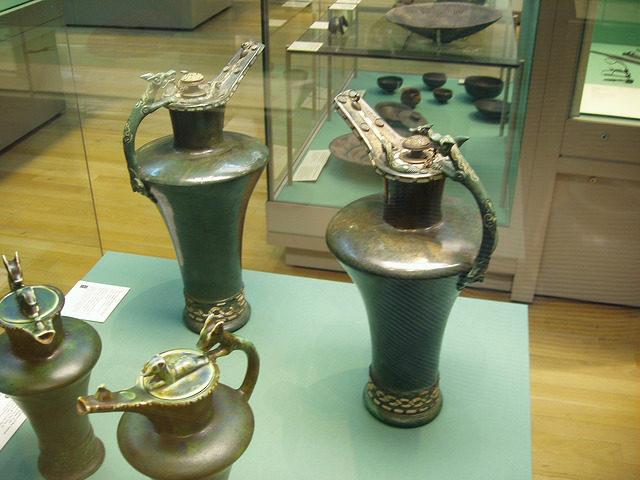
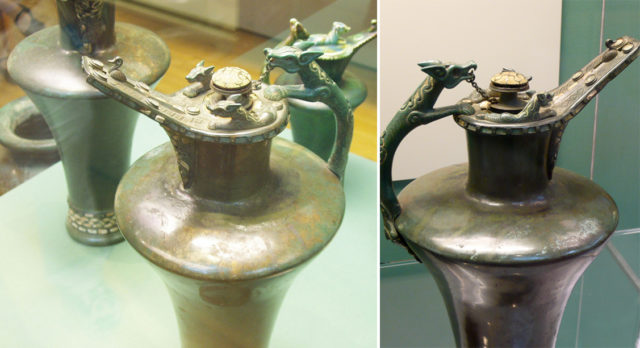
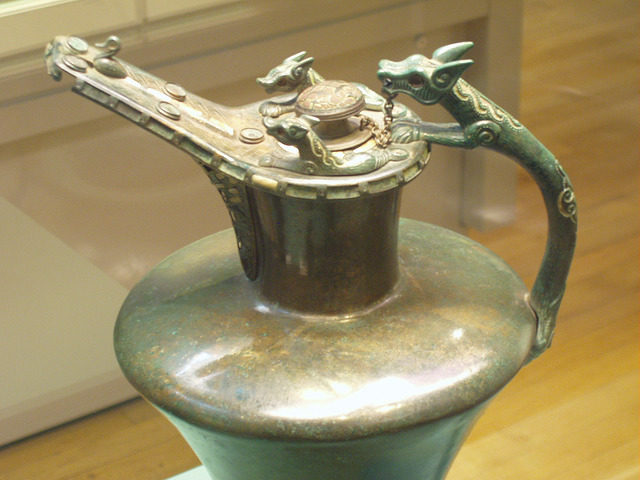
The flagons are richly decorated with glass and coral inlays and a range of animals on the lid. Archaeologists believe that they probably came from a burial of an important person and would have been used to pour wine, beer or mead at feasts. Because both the supplies and the styles come from outside influences, the flagons themselves are prime examples of a cultural mesh.
They were expensive luxuries containing pieces of red coral – now faded to white – traded from the Mediterranean and red enamel (opaque red glass, probably from Asia Minor).
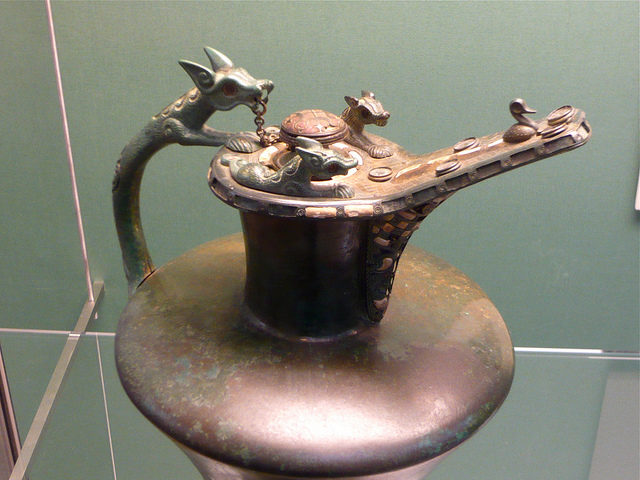
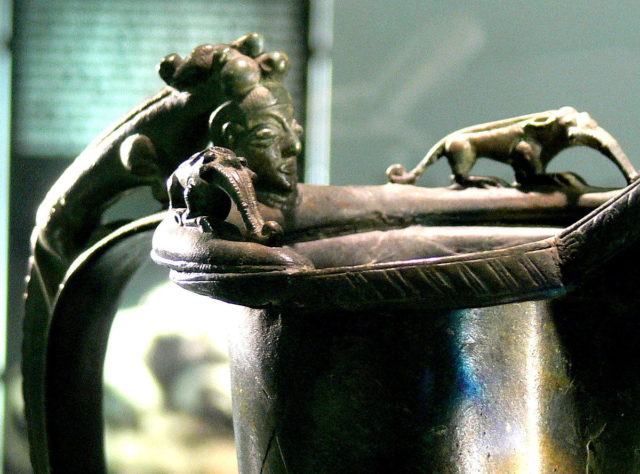
The vessel fittings are richly decorated, showing a mixture of styles – for example, the handle is formed as a dog or wolf which is an idea that comes from Greek and Etruscan culture.
There is also a typical early La Tène palmette decoration under the spout (a popular Celtic motif), and a small duck ornaments the end of the spout. They are now celebrated as two of the most important and earliest pieces of Celtic art.
